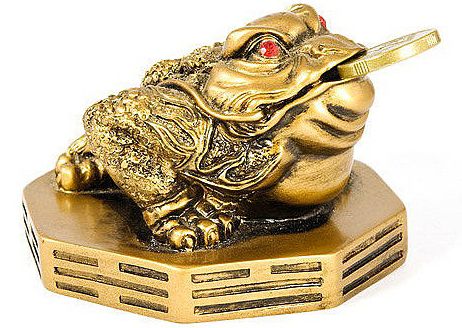
Mabon (Man Fower, Alban Elved) is the day of the autumnal equinox. In the dry language of science, the autumnal equinox is the astronomical beginning of autumn. But for our (and not only our) ancestors, this day meant much more.
Mabon is the second day of the year when day and night are equal. It's a day of balance—of light and darkness, of the coming winter chill that's already in the air, and the departed summer warmth that still lingers in clear, sunny days. This holiday was celebrated around the 20th of September, peaking on the 22nd or 23rd.
For the ancient Celts, this was the second harvest festival after Lammas, the festival of apple ripening. Thus, there is a tradition that the main celebrations are held not on the 22nd or 23rd, but on the Harvest Moon—the first Sunday after the full moon closest to Mabon.
The Slavs also celebrated the autumn equinox as harvest day, with mass festivities and lingonberry, cabbage, and meat pies. On this day, the Sun God appears as the wise old man Svetovit—the Sun—who has lived for a year, grown tired and aged. He has already given much of his life to humanity, and his days are numbered: on the night of the Winter Solstice—Karachun—he will die, so that the young Sun God will be reborn the following morning, with renewed vigor, and then the world wheel will begin a new revolution.
Meanwhile, people take stock, sorting through the harvest, assessing its quantity and quality, and sorting out spoiled fruit so it doesn't ruin everything they've gathered. It's also a day for exchanging gifts—provisions and useful items that will help them survive the cold winter. As a continuation of the ritual of exchange, fairs, noisy and joyful, celebrate the new harvest, exchange news, and reunions with those they haven't seen in a while. On this day—almost the only one of the year—one could safely boast to neighbors about the harvest, new livestock, and children—the evil eye had no power today. It was also a day of equality—farmhands partied and enjoyed themselves alongside their masters.
Moreover, it is on Mabon that grown-up children are sent off – on the road, to a new home, to a new family, in other words – to a new, independent life.
Mabon can be celebrated today, too. After all, it's not necessary to don a deer skin and run through the forest to escape your fellow tribesmen (as in medieval England). Simply take the whole family out into the autumn forest to gather nuts, mushrooms, seeds, and fallen leaves. Some of the collected items can be used for their intended purpose—as food; others—as amulets for the home hearth for the coming year.
Lamb, all kinds of mushrooms, beans, late fruits (second harvest), and honey are appropriate for the table on this day. And, of course, all kinds of pies. Cornbread is also a traditional Mabon dish. Cider and fruit wines are excellent drinks.
Additionally, on this day, you can try to symbolically remove everything old and outlived from your life—and I'm not just talking about throwing out an old closet. You can write down on a piece of paper what you consider unnecessary and unnecessary in your life and burn it, no matter where—in a bonfire of autumn leaves or in a candle flame. And along with the smoke and ashes, illnesses, troubles, and all other troubles should disappear from your life.
So, have a bright holiday everyone, and let everything that has become obsolete be left behind!





